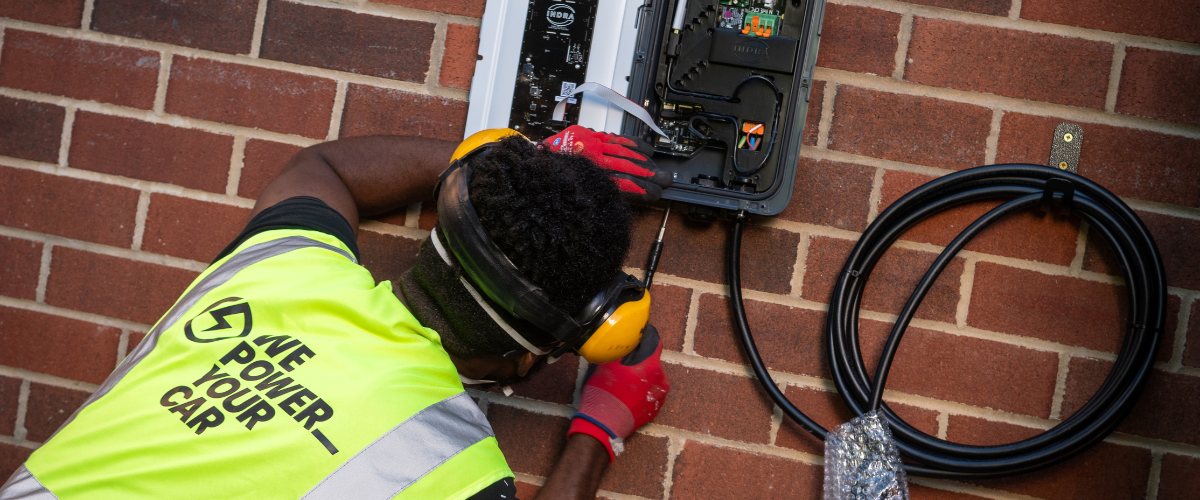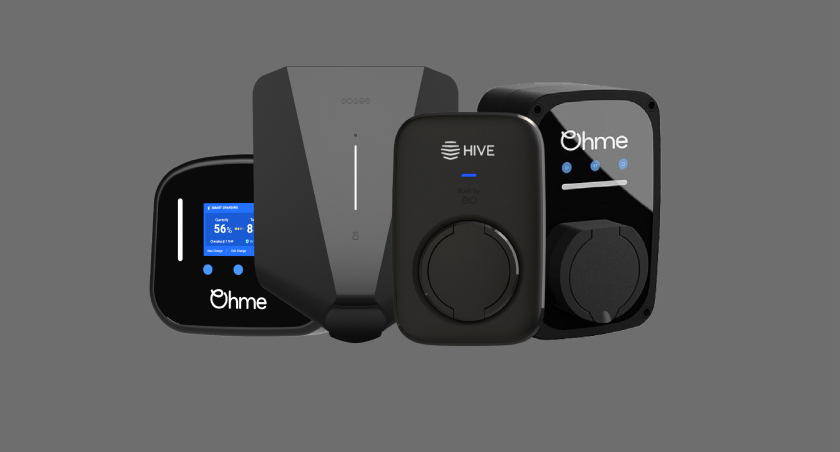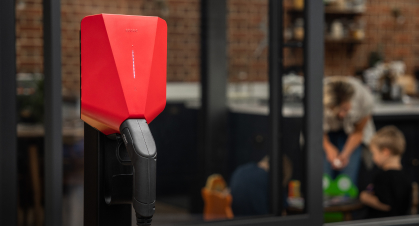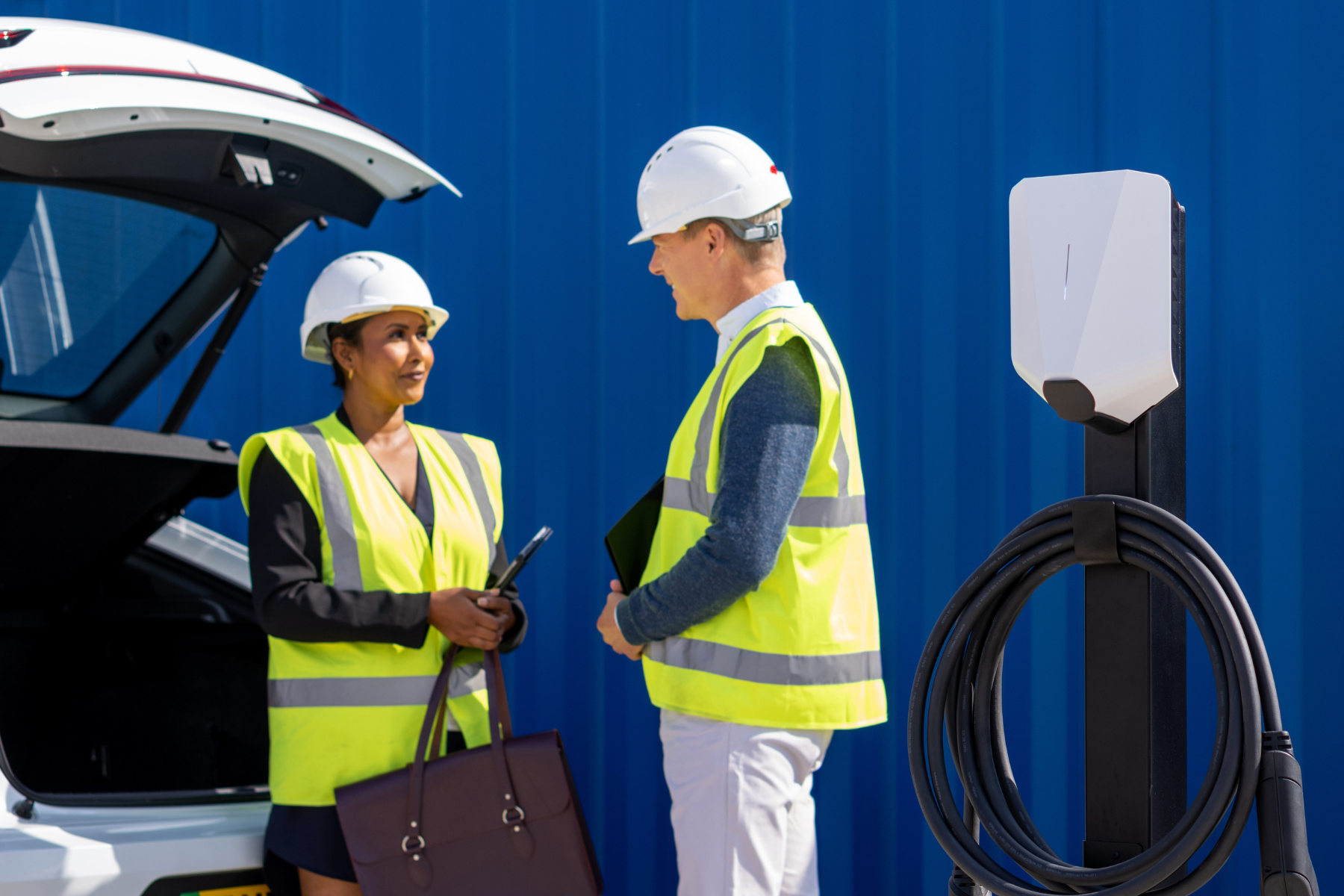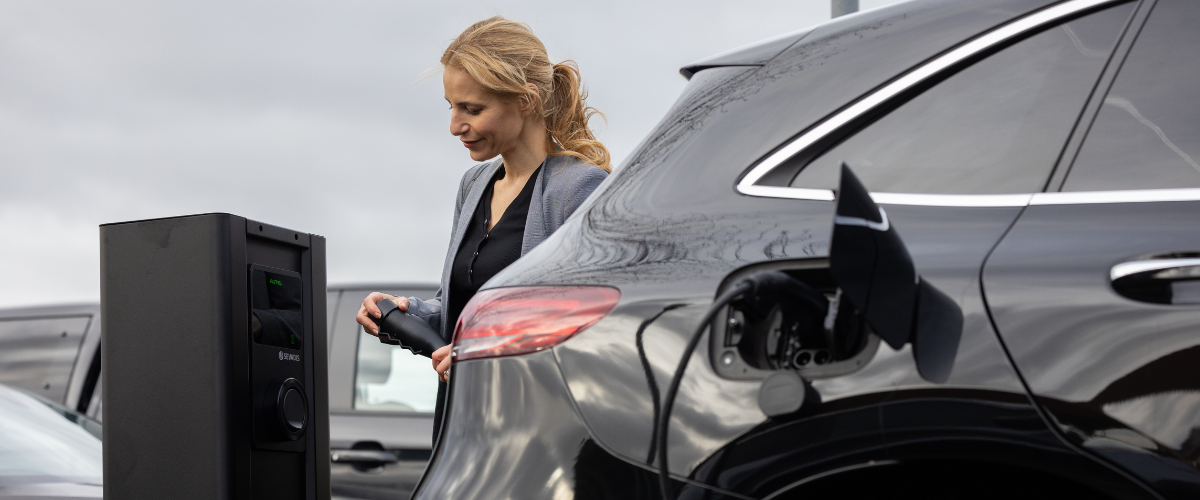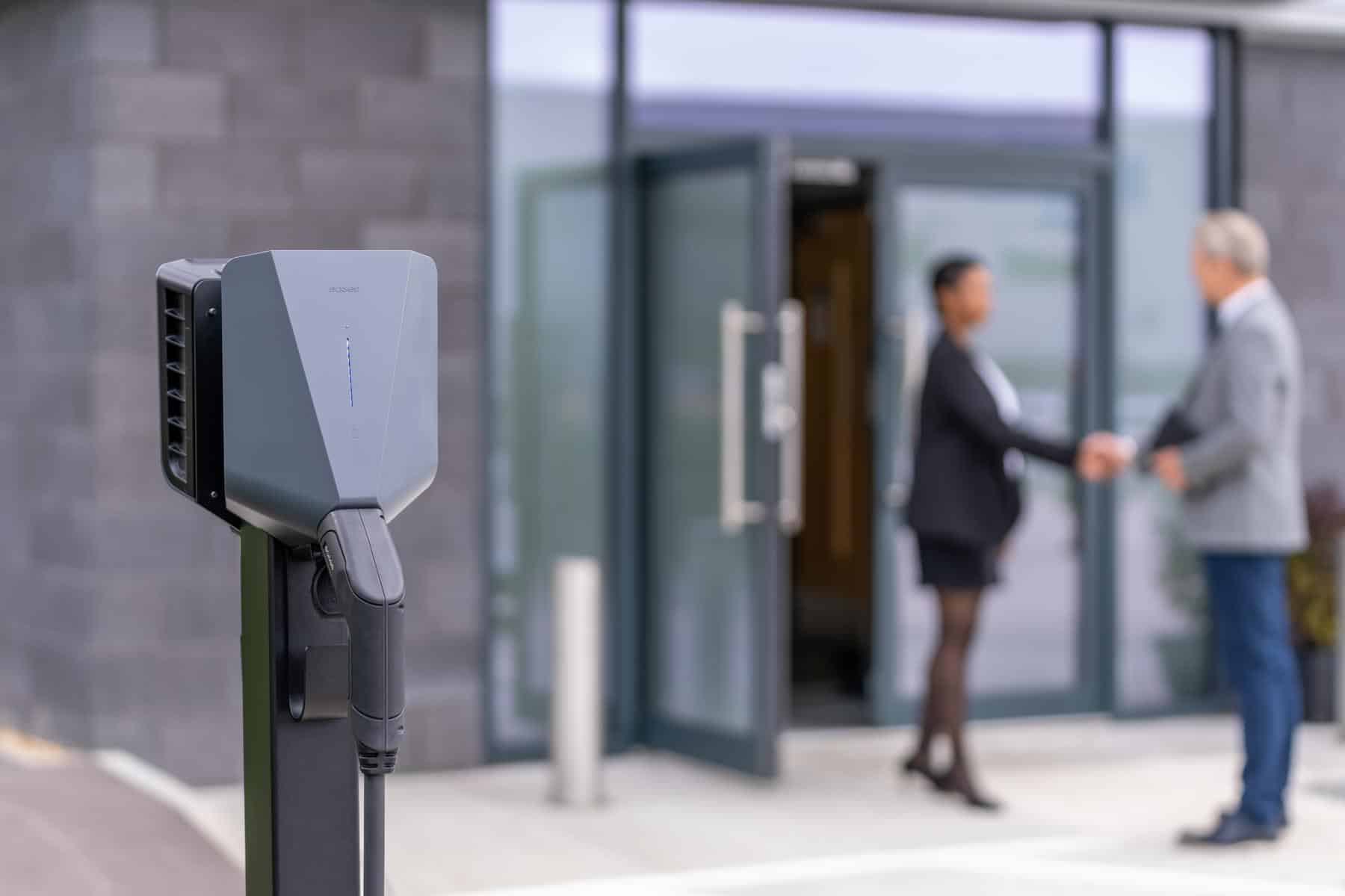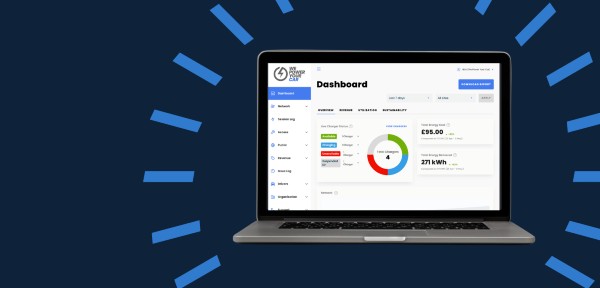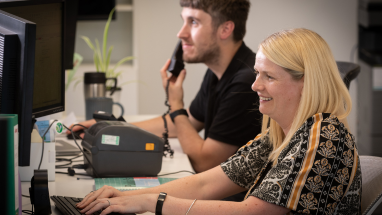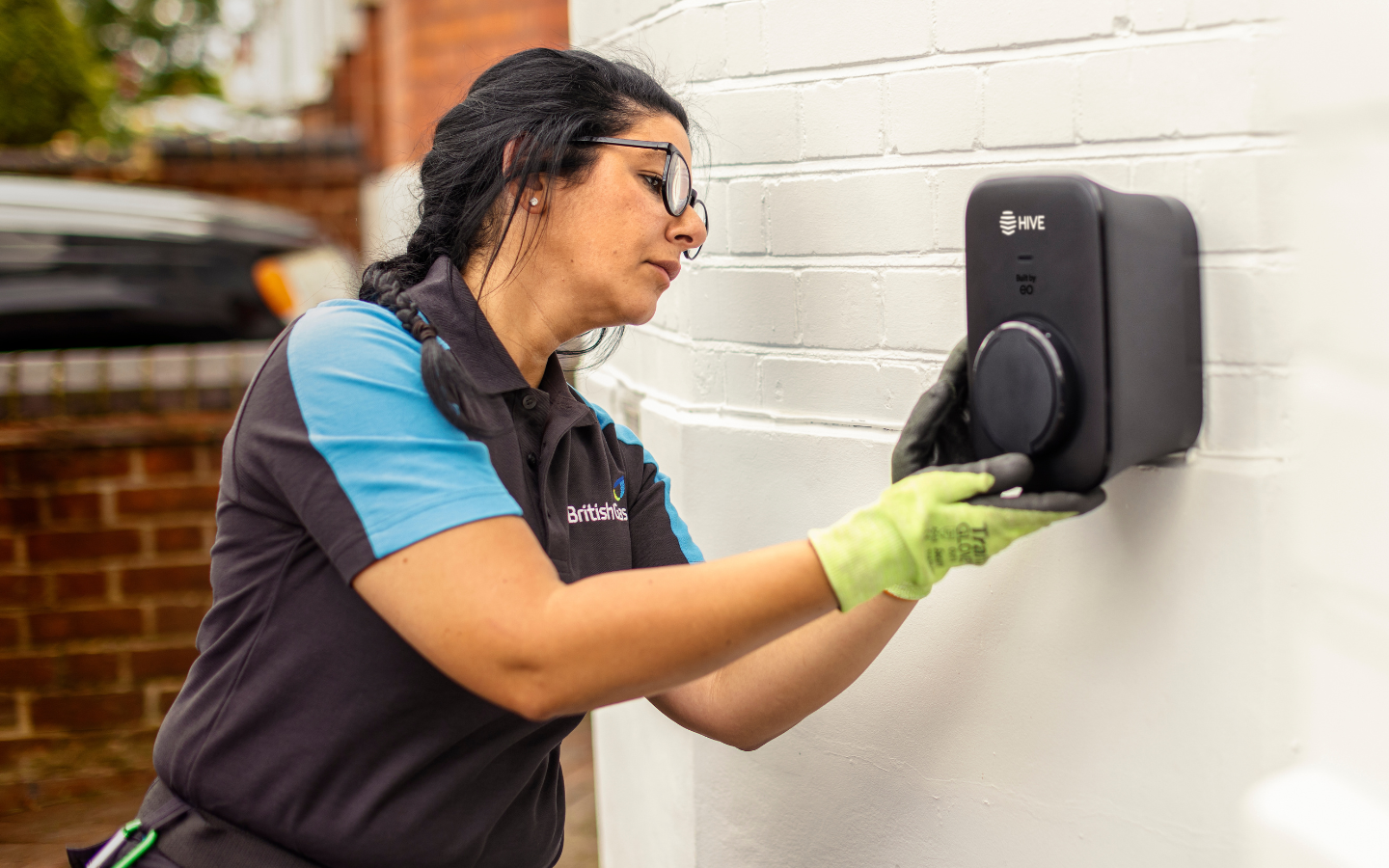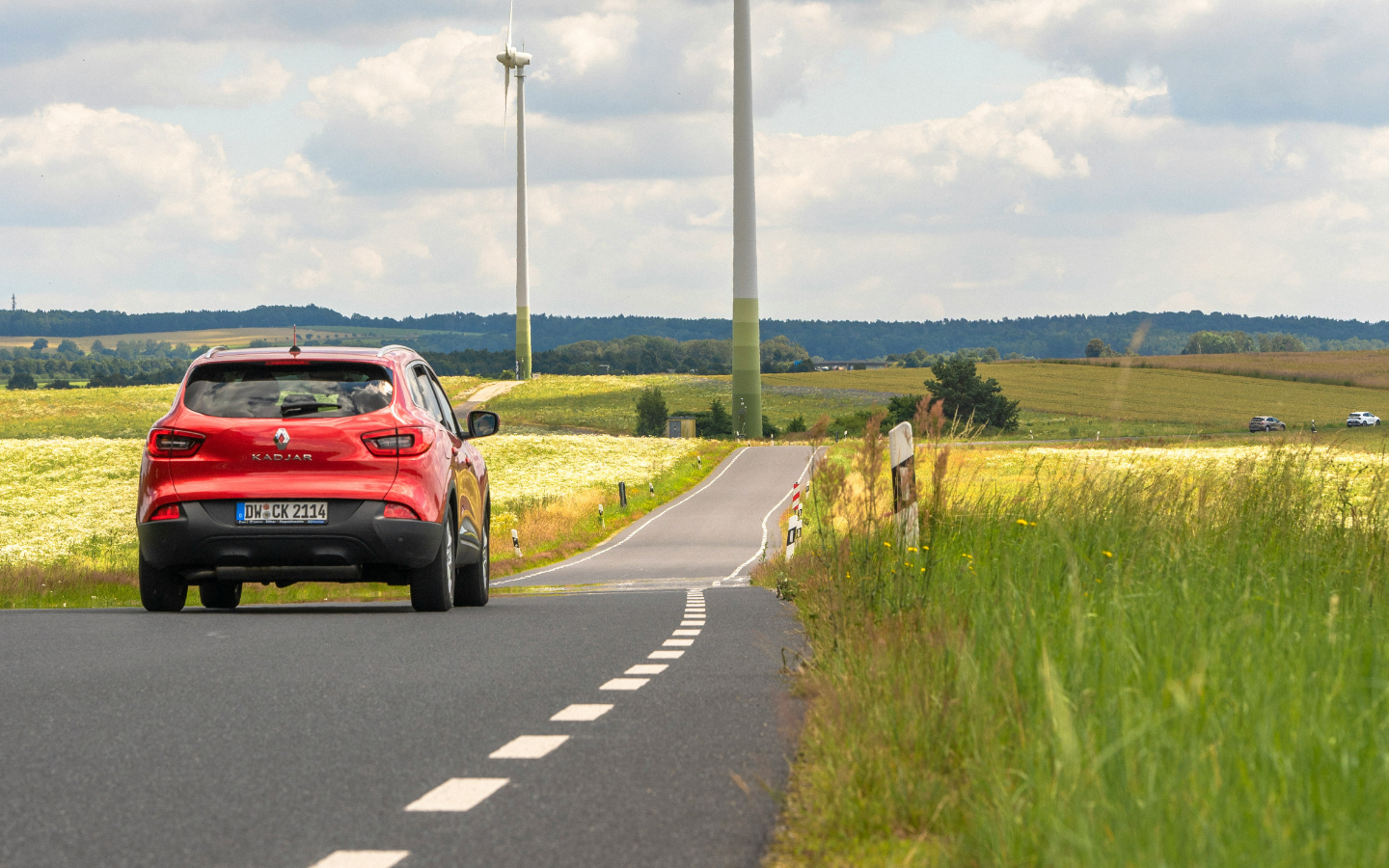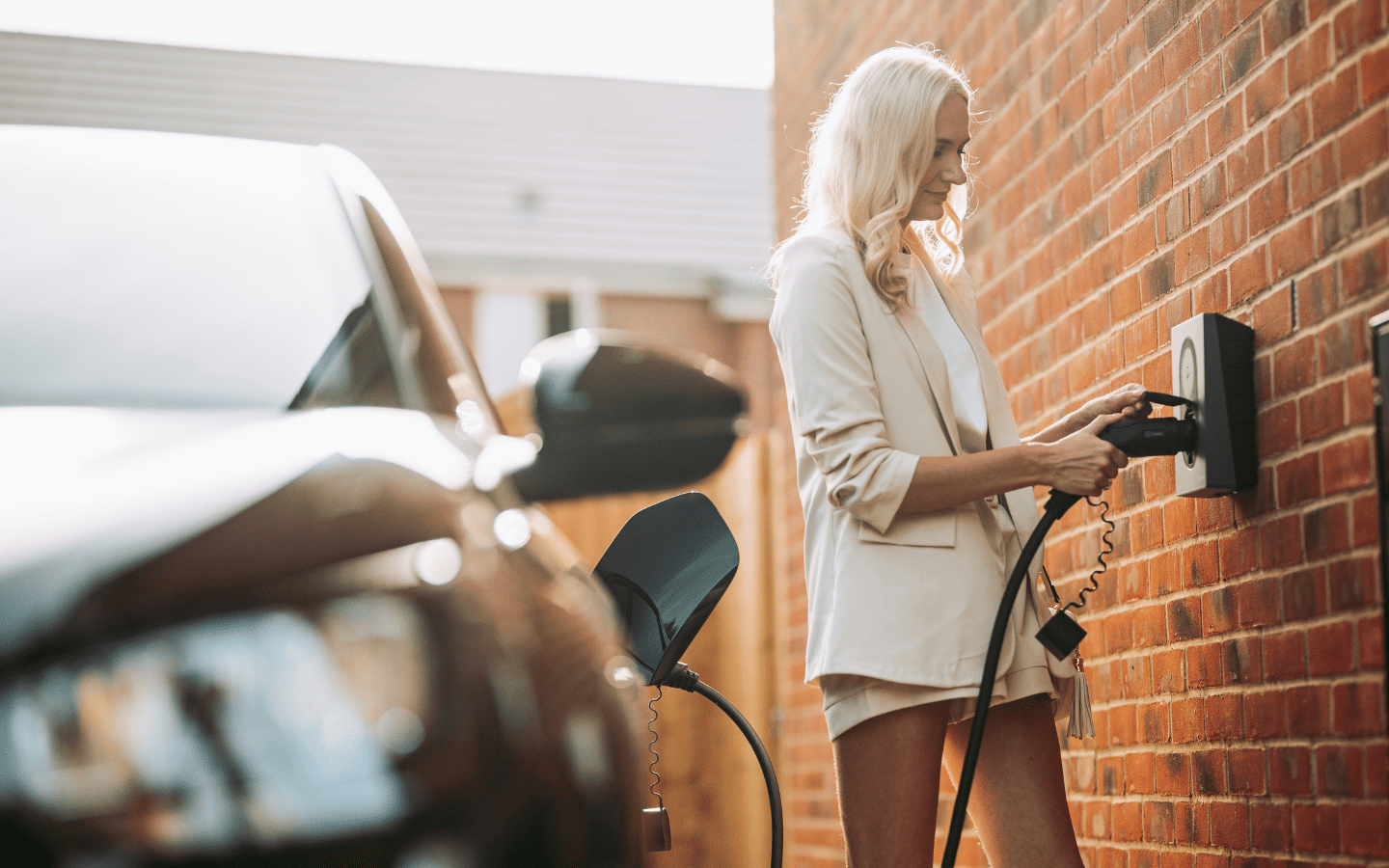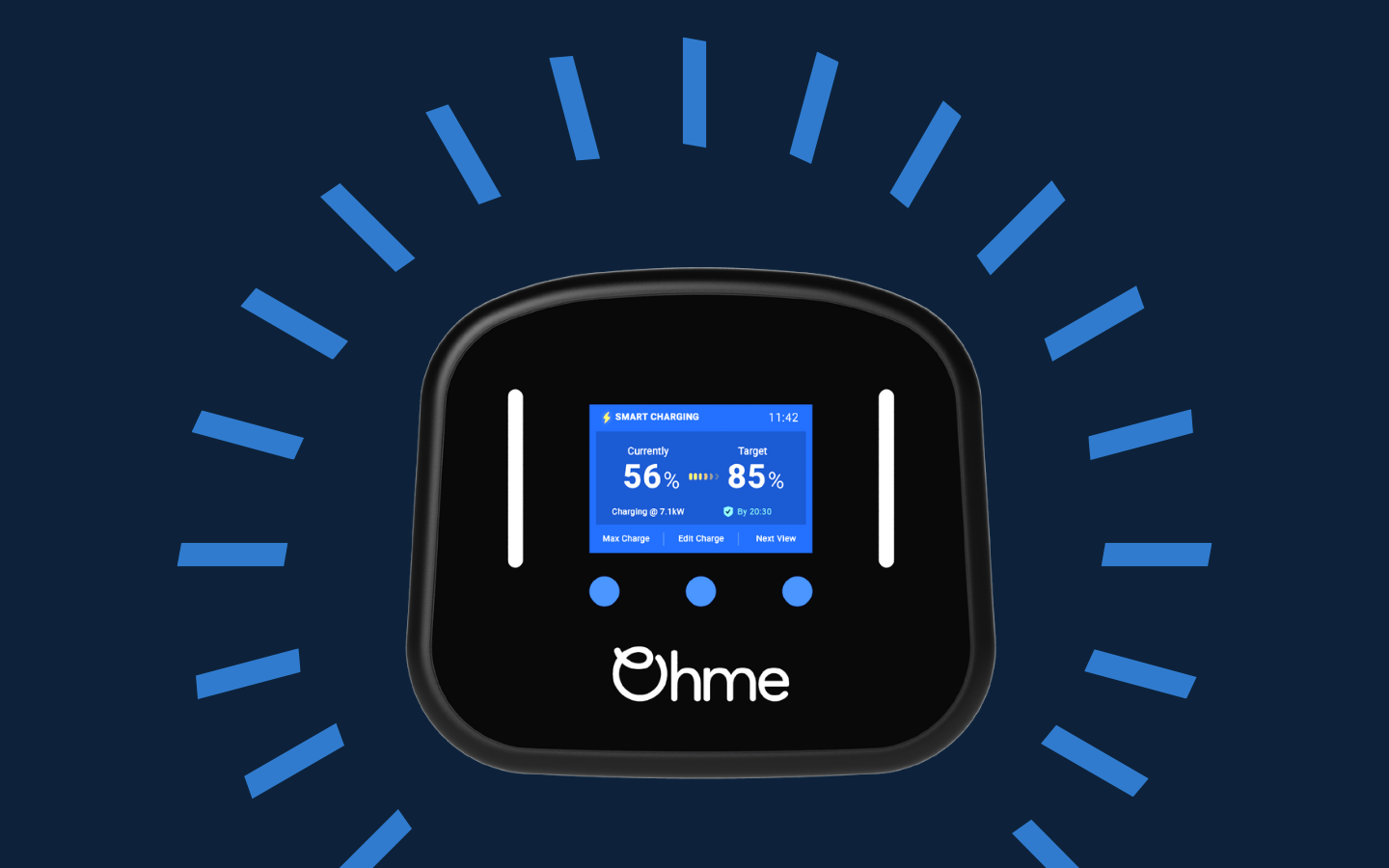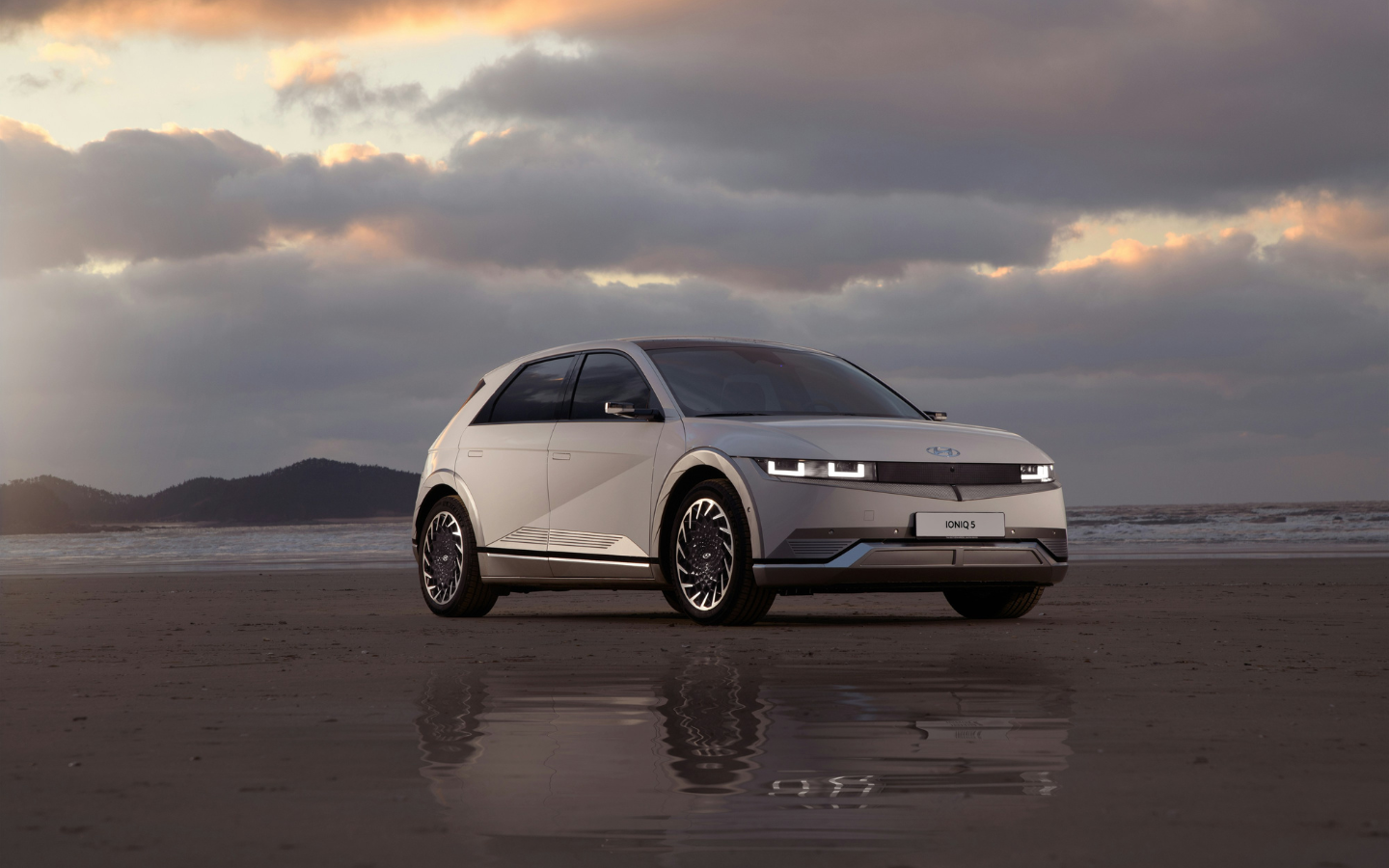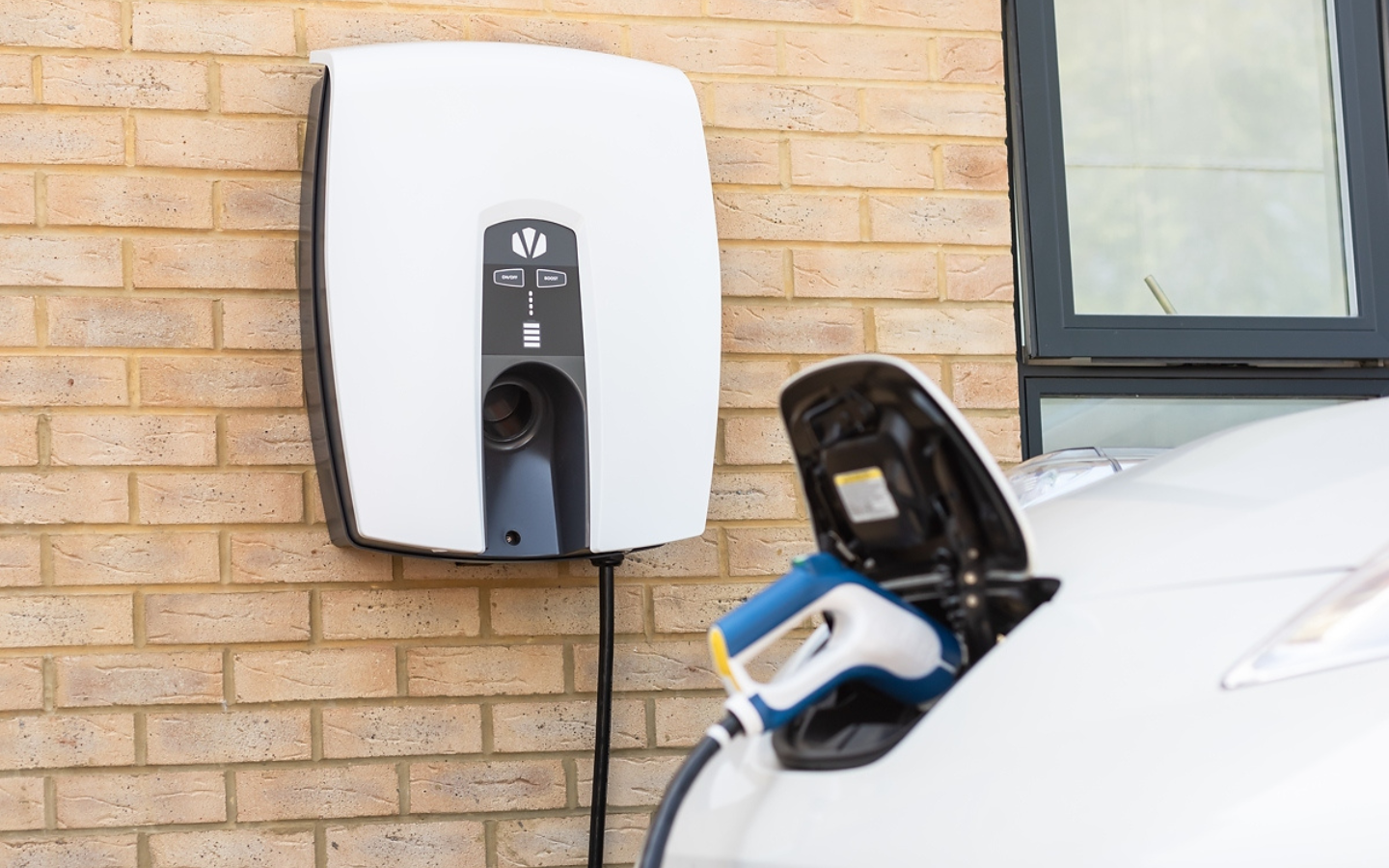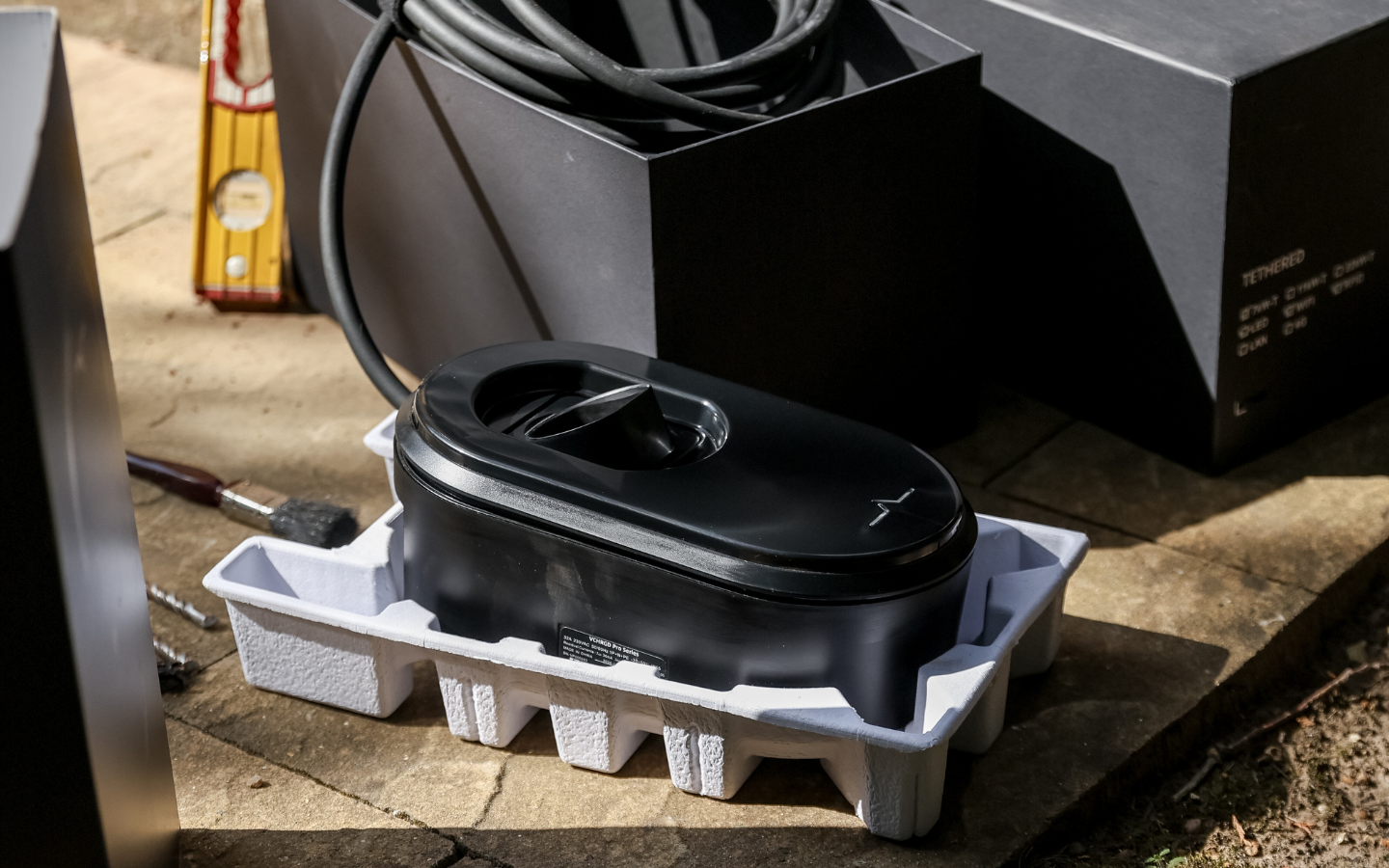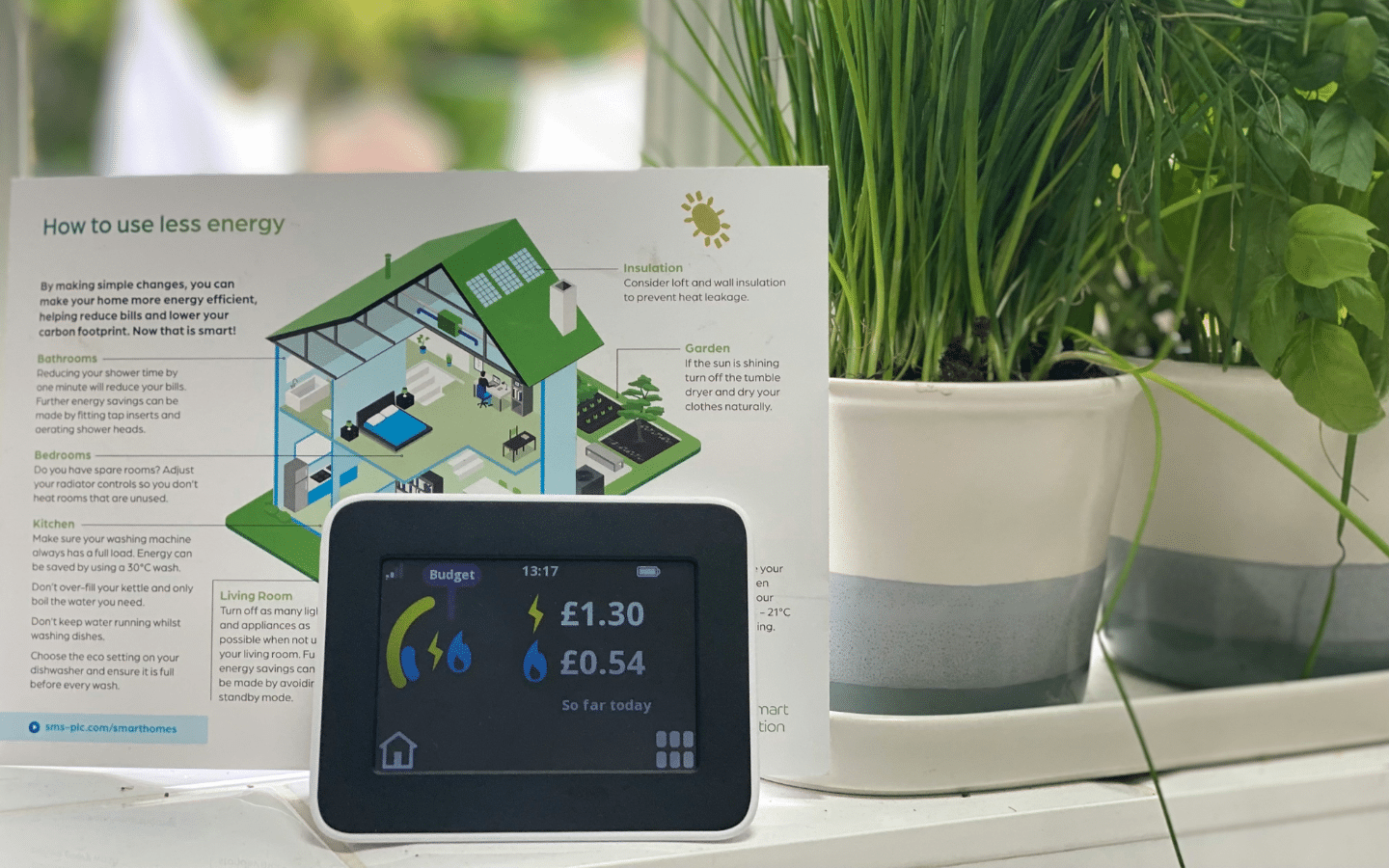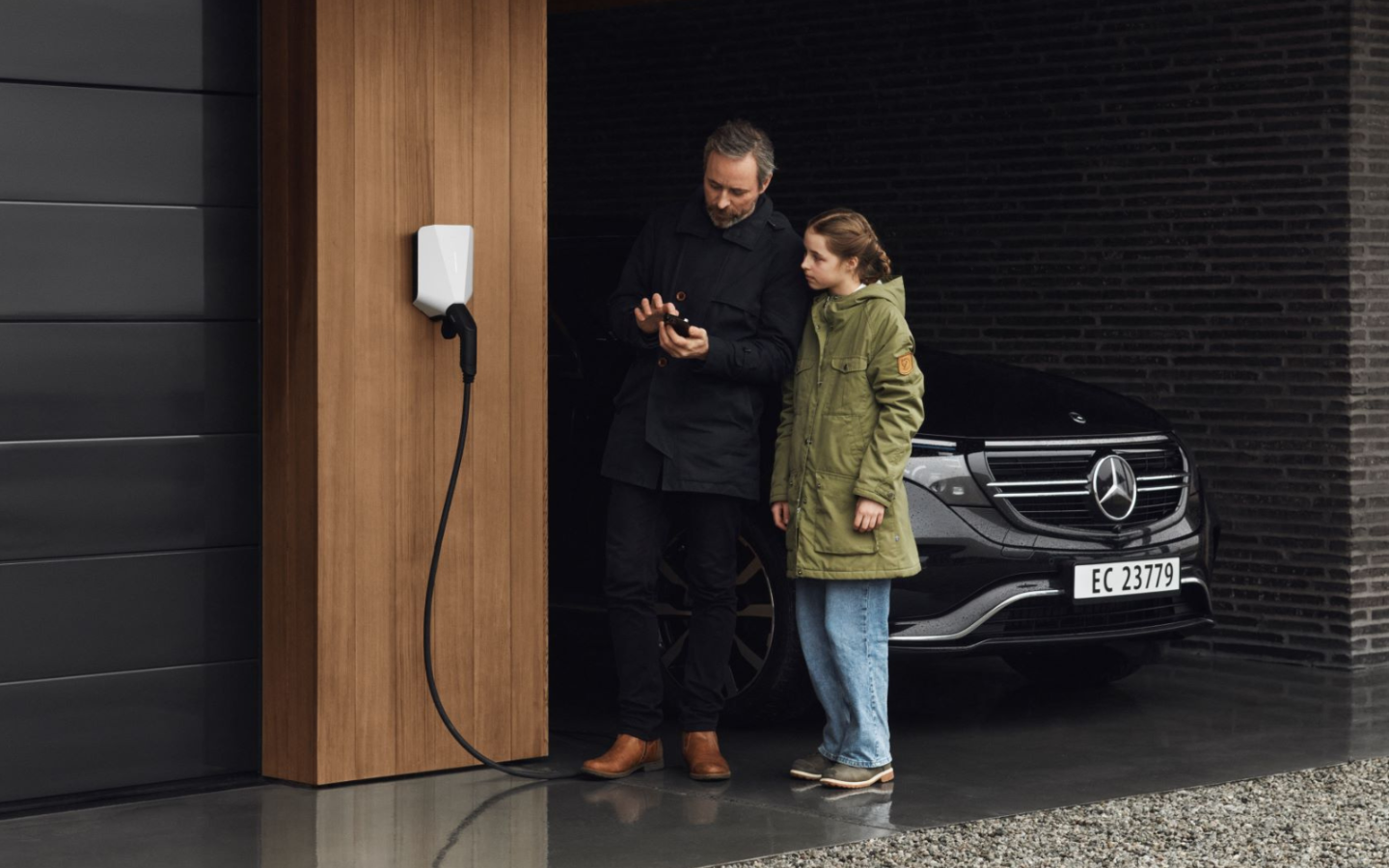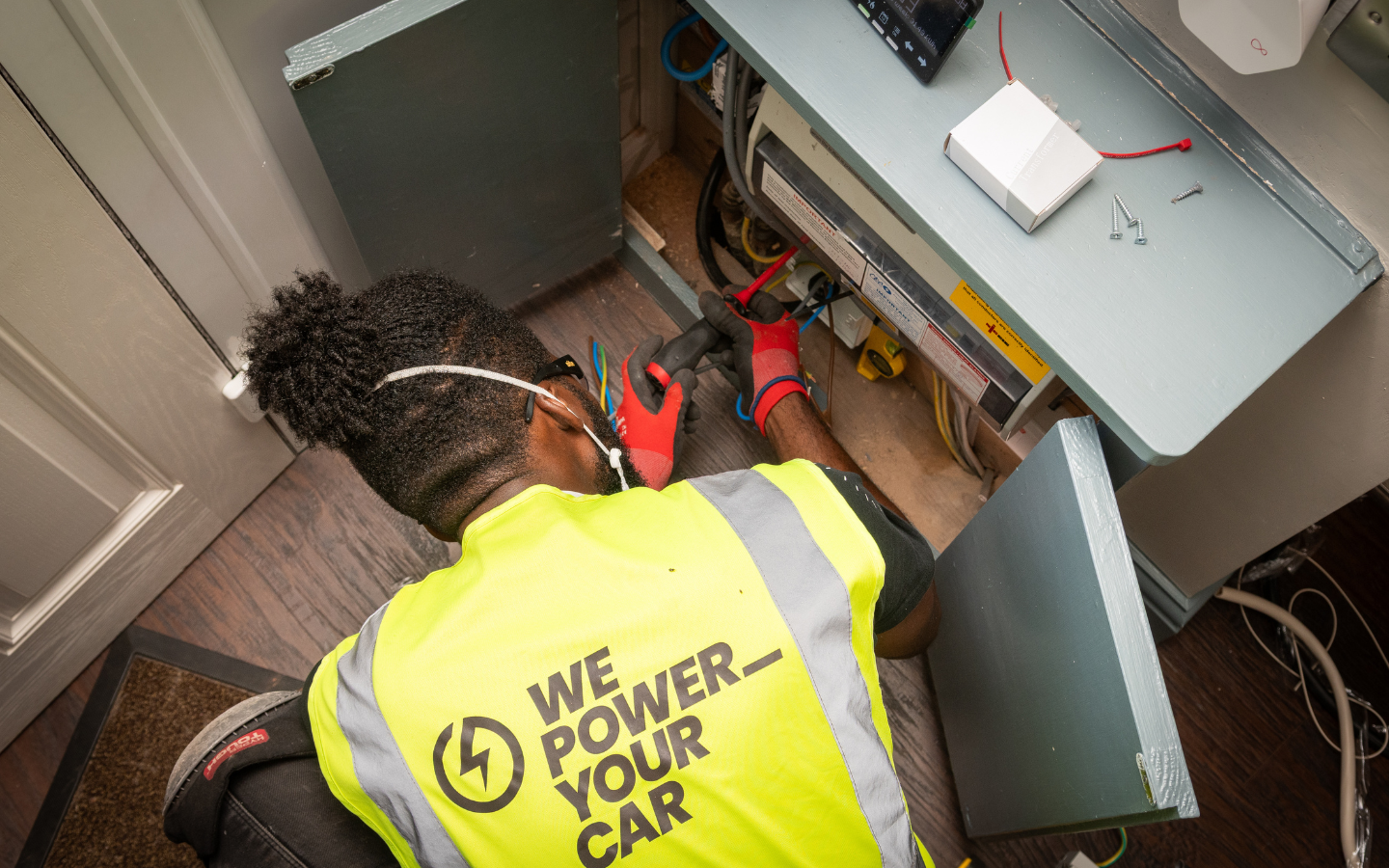

Looped Electricity Supply: Explaining a Looped Supply
Picture this: you’re wandering down a quiet street, bracketed with semi-detached homes. Neatly trimmed hedges. Wheelie bins tucked away. Cars parked on the drives, a few of them electric – flashing their green license plates.
On the surface, everything looks orderly… until you lift the lid on a few of the electrics feeding those houses.
And there lies a looped supply. Or two. Or three.
But what is a looped supply? Do I have a looped supply? What’s the relevance between a looped electricity supply and an EV charger?
We answer these questions and more in our guide.
What is a looped supply?
In essence, a looped supply, or looped service, is where two or more properties share a single electrical service cable and, in turn, share an electrical supply. The shared supply cable starts from one house and is threaded through into the next, usually underground, either through your garden or under your path.
Normally, a property has its own incoming power cable. However, for terraced houses and semi-detached houses, looped supplies are common.
Do I have a looped supply?
To find out if you have a looped supply, open up your meter box and take note of your meter’s position. Specifically, follow the cables at the bottom and zoom in on the cutout.
How many cables are coming out of the cutout? If there’s only one incoming cable, you’re good. Two cables, though? It’s more than likely a looped supply.
Take a look at image below as an example.
Still unsure? Find a detailed diagram from the National Grid on a looped supply.
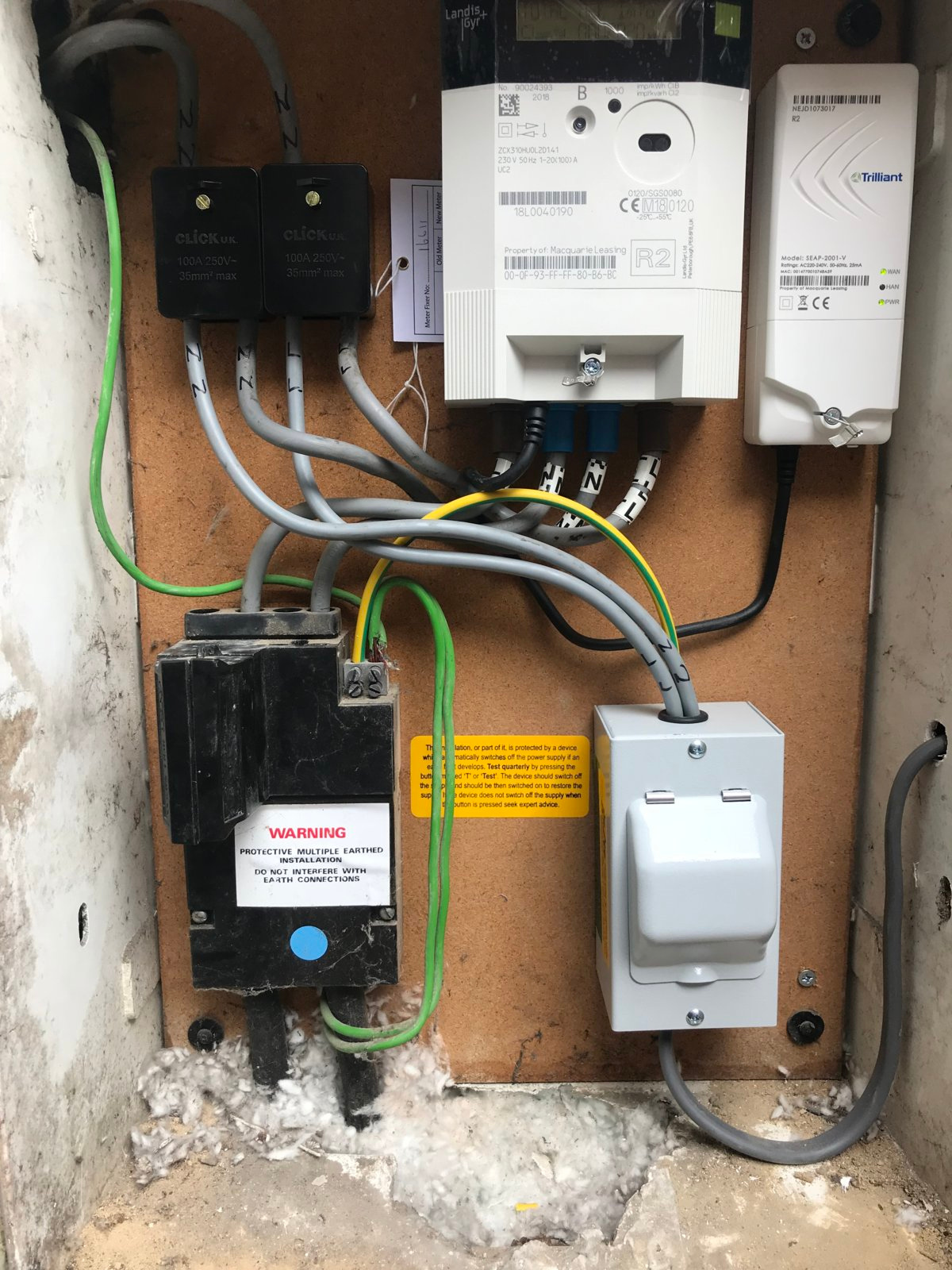
How are a looped supply and an EV charger related?
Typically, there’s no problem having a looped supply, as has been the case for many years. But when it comes down to EV chargers and looped supplies, especially with the growth of electric cars? There’s a bit of a tizzy.
In the easiest way possible, think of you and your neighbour.
You’ve both got electric cars parked on the drive, perhaps even side by side, maybe one a green Mokka or perhaps a bold, red IONIQ 6. The sky darkens. Cheaper off-peak electricity hours start. You’re both plugging in to charge.
The problem? One shared cable…double the electrical strain. It’s not sustainable, nor safe, especially as EV adoption has reached heights of 1,750,000 in the UK. With more and more homes making the switch, and more and more drivers investing in EV chargers, the strain on the grid would be problematic with multiple households sharing electricity with their neighbours.
Don’t worry, though: You can’t have an EV charger installed on a looped supply without DNO approval.
And if you want one installed, EV chargers demand more power, so you will have to have it un-looped if you want an electric car charger at home. It’s a simple enough process. Your chosen EV charger installer should notify the DNO at the first stage of the process, so you will find out quickly if this is your circumstance (if you haven’t already discovered it yourself).
Sometimes, though very rarely, you can have an electric vehicle charger installed if it has a load-balancing feature. With this, your home charger will automatically turn down its power to match the load available in the house. So, it’s highly likely you will be charging at 3.6kW rather than the typical 7kW rate for a home EV charger with the shared electricity.
What can you do about a looped supply?
Contact your local Distribution Network Operator (DNO), and they will separate the looped supply for you. A big bonus is that this un-looping service is free of charge. That said, if you want a fuse upgrade at the same time to be able to access power rates of 22kW, this is likely to cost.
In terms of time frames for un-looping a supply, you’re looking at weeks, if not months. One to be aware of if you are desperate for cheaper, greener EV charging.
On the surface, it may seem like a hassle, but it’s best to get it done now as the number of electric vehicles continues to soar. In fact, it’s likely in about ten years’ time that the majority of UK drivers will own an electric car, with the ban on the sale of new petrol and diesel vehicles in 2030. Think of the queues in the future. Best to get in early.
Want to charge cheaper, greener and more conveniently? Invest in a home electric car charger today.
Choose We Power Your Car, and sit back and relax as we handle the entire supply and EV charger installation process. Whether it’s electric vehicle charger choice, cable runs, DNO notification, grant application, installation, aftercare or more, we handle it all – all with first-class customer service.
Browse our range of market-leading EV charging points, get your free, quick EV charger quote below or explore EV charger installation requirements in detail.
